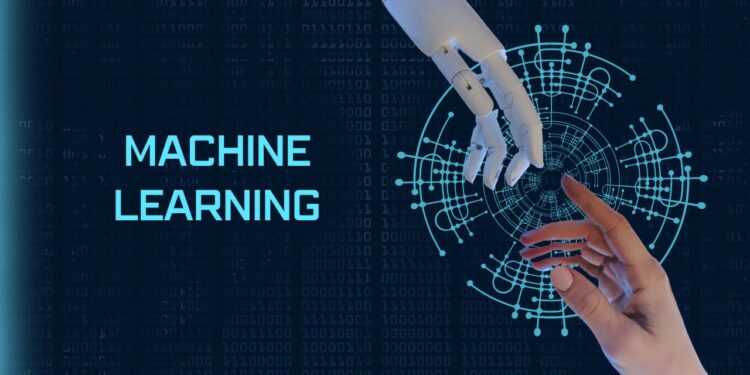Machine learning (ML) is one of the fastest-growing fields in technology, enabling innovative applications across industries like healthcare, finance, entertainment, and more. From creating predictive models for business to developing groundbreaking AI systems, ML has become a cornerstone of modern technology. With its immense career potential, countless individuals aspire to learn machine learning, but navigating the overwhelming array of resources available can be challenging.
In 2024, the options for learning ML have evolved, offering structured courses, interactive platforms, books, projects, and communities catering to learners of all levels. Whether you’re a beginner with no programming experience, an intermediate coder looking to specialize, or an expert aiming to stay ahead in this dynamic field, this guide will provide you with 100+ top resources to master machine learning. Divided into accessible categories, the resources include foundational courses, textbooks, tools, and practical exercises, ensuring a well-rounded learning journey.
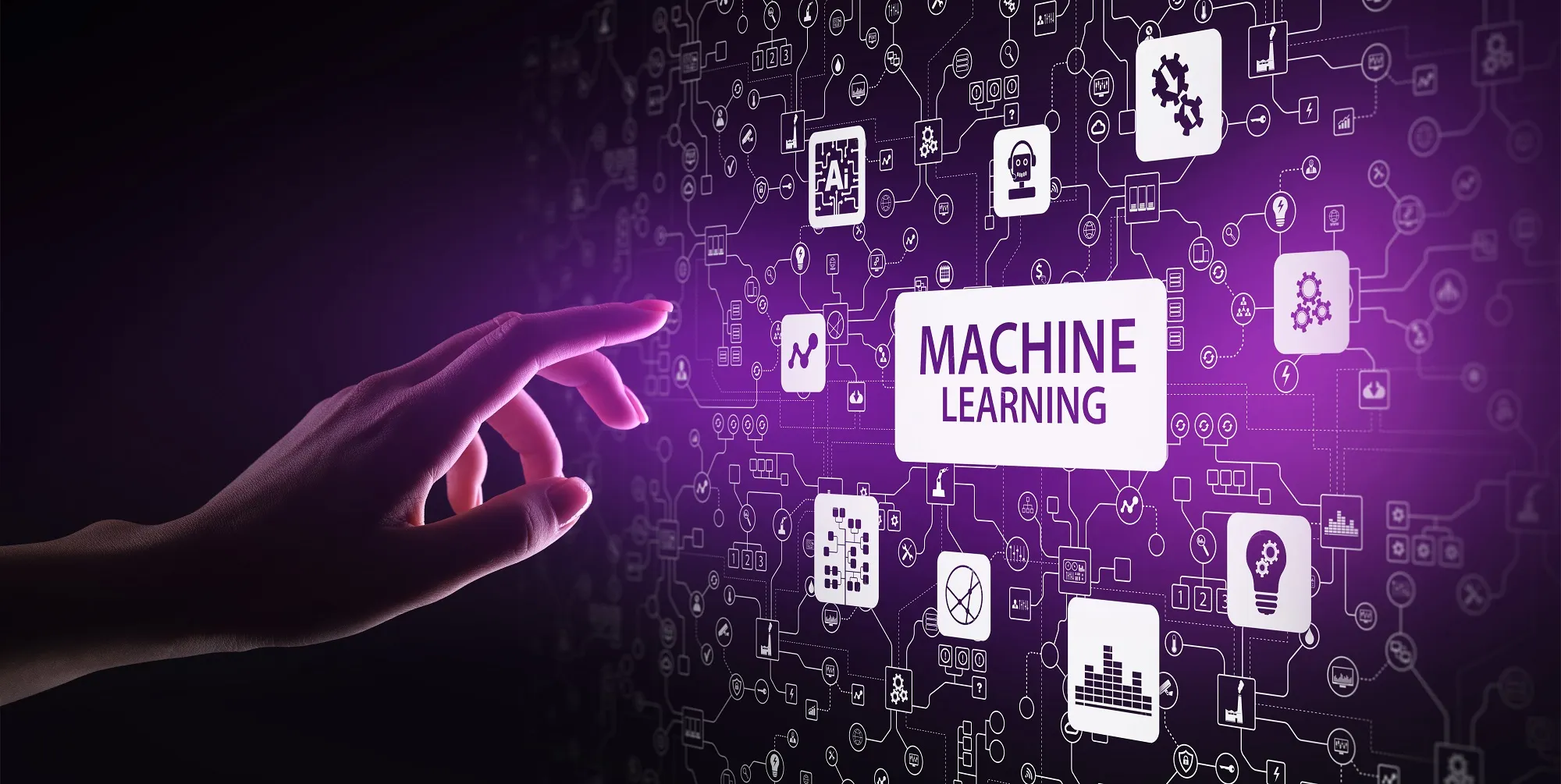
Online Courses and Certifications
1. Andrew Ng’s Machine Learning Course
This timeless classic remains one of the best entry points into machine learning. Taught by Andrew Ng, one of the pioneers of AI, the course covers supervised learning, unsupervised learning, and key concepts like linear regression, logistic regression, and neural networks. Designed for beginners, it provides intuitive explanations and is ideal for anyone with a basic understanding of programming and high school-level mathematics. Its focus on both theory and practical application ensures learners grasp ML’s foundations while implementing algorithms in Octave or MATLAB.
2. Deep Learning Specialization
For those keen to dive deeper into neural networks and artificial intelligence, this specialization offers a comprehensive deep learning curriculum. It spans convolutional neural networks (CNNs), recurrent neural networks (RNNs), sequence models, and other advanced topics. Featuring hands-on projects, learners can gain practical experience by building models for tasks like image recognition and natural language processing. This course is well-suited for intermediate learners ready to explore complex ML techniques.
3. Google’s Machine Learning Crash Course
As a concise introduction to machine learning, this crash course balances foundational concepts with hands-on exercises. It provides an overview of supervised learning and classification algorithms, with practical coding exercises implemented in TensorFlow. The course is free, making it accessible to learners worldwide, and serves as an excellent starting point for beginners wanting to quickly understand key ML ideas.
4. Harvard’s CS50 Introduction to Artificial Intelligence
This course introduces students to the world of artificial intelligence and its subset, machine learning. By teaching algorithms, optimization methods, and Python programming, it bridges the gap between conceptual understanding and technical implementation. Beginners and intermediates alike will benefit from its focus on practical projects, such as training AI systems to solve puzzles or recognize images.
5. Udacity’s Machine Learning Nanodegree
Designed for career-focused learners, this Nanodegree program covers essential ML topics such as supervised learning, unsupervised learning, and deep learning. It includes practical projects that mimic real-world industry challenges, making it ideal for those seeking hands-on experience. By working on case studies, students gain the confidence to apply their skills to solve complex problems.
6. Fast.ai’s Practical Deep Learning for Coders
This free course adopts a top-down approach, starting with building real-world deep learning projects before delving into theory. Fast.ai emphasizes accessibility, requiring only basic programming knowledge to get started. Students will learn how to train state-of-the-art models, optimize performance, and apply these techniques across domains like computer vision and NLP.
7. MIT’s OpenCourseWare on Machine Learning
As part of MIT’s extensive OpenCourseWare initiative, this course delves deep into the theoretical underpinnings of ML algorithms. It covers probabilistic modeling, supervised and unsupervised learning, and advanced topics like support vector machines and Gaussian mixture models. This resource is ideal for learners with a strong background in mathematics and programming.
8. DataCamp’s Machine Learning Tracks
DataCamp provides bite-sized lessons and interactive coding challenges to help learners grasp ML techniques effectively. Its tracks are structured to cater to both beginners and experienced professionals, covering topics like decision trees, clustering, and reinforcement learning. With a hands-on coding environment, students can immediately apply concepts in Python or R.
9. IBM’s Applied AI and Machine Learning Professional Certificate
This professional certificate series is tailored for individuals who wish to build ML and AI solutions for real-world problems. It includes practical projects, such as developing recommendation systems, and leverages tools like Python, Jupyter notebooks, and Watson AI.
10. Simplilearn’s Machine Learning Certification
Focused on preparing learners for industry roles, this certification program covers key concepts like linear regression, clustering, and decision trees. Students also gain exposure to advanced techniques like ensemble learning and model optimization. It’s an excellent resource for those aspiring to work as ML engineers or data scientists.
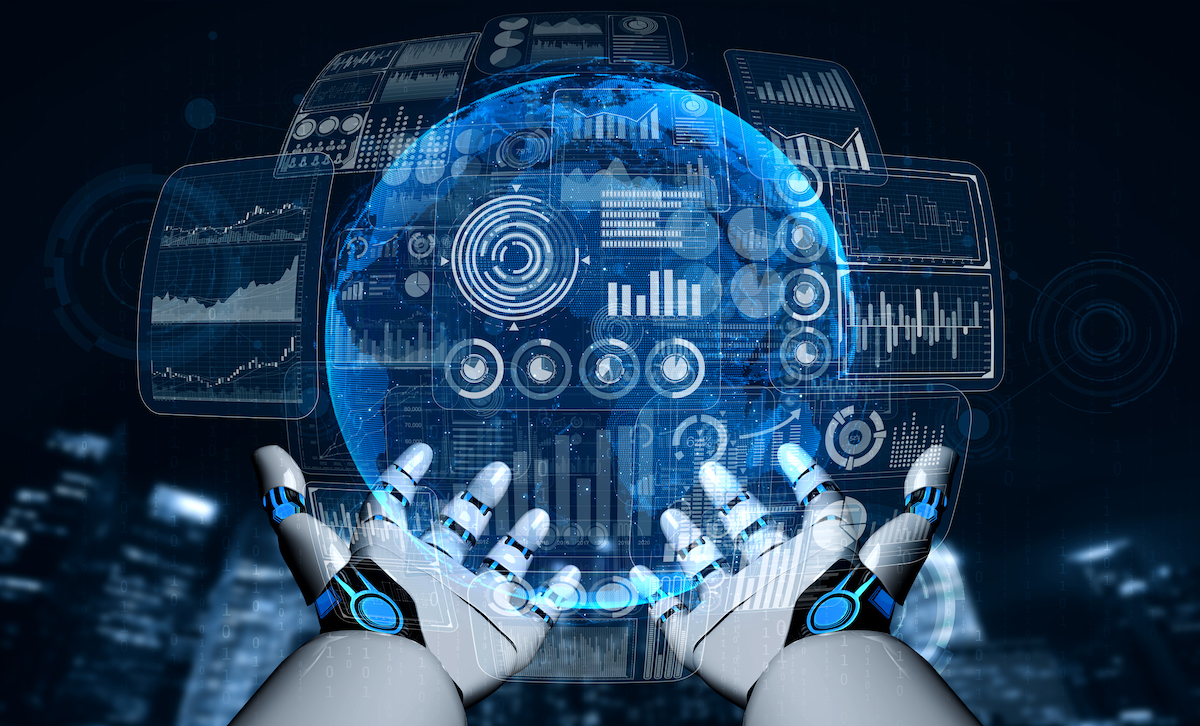
Must-Read Textbooks and Reference Books
Books are invaluable for deepening your understanding of machine learning, providing detailed explanations of algorithms, mathematical foundations, and real-world applications. Below are some of the most recommended texts for learning ML in 2024.
11. “Hands-On Machine Learning with Scikit-Learn, Keras, and TensorFlow” by Aurélien Géron
This practical book introduces key ML concepts and their implementation using Python libraries. It emphasizes a hands-on approach, guiding readers through building models and fine-tuning them for real-world applications.
12. “Deep Learning” by Ian Goodfellow, Yoshua Bengio, and Aaron Courville
Known as the “Bible of Deep Learning,” this book dives into the theoretical aspects of neural networks, from basic concepts to cutting-edge research. While heavy on mathematics, it is an essential read for those pursuing advanced studies in ML.
13. “Pattern Recognition and Machine Learning” by Christopher Bishop
This comprehensive textbook covers probabilistic models, Bayesian methods, and advanced topics in pattern recognition. Its rigorous approach is ideal for advanced learners and researchers.
14. “The Hundred-Page Machine Learning Book” by Andriy Burkov
This concise yet comprehensive guide distils ML concepts into easily digestible sections. It’s an excellent resource for beginners or professionals seeking a quick refresher.
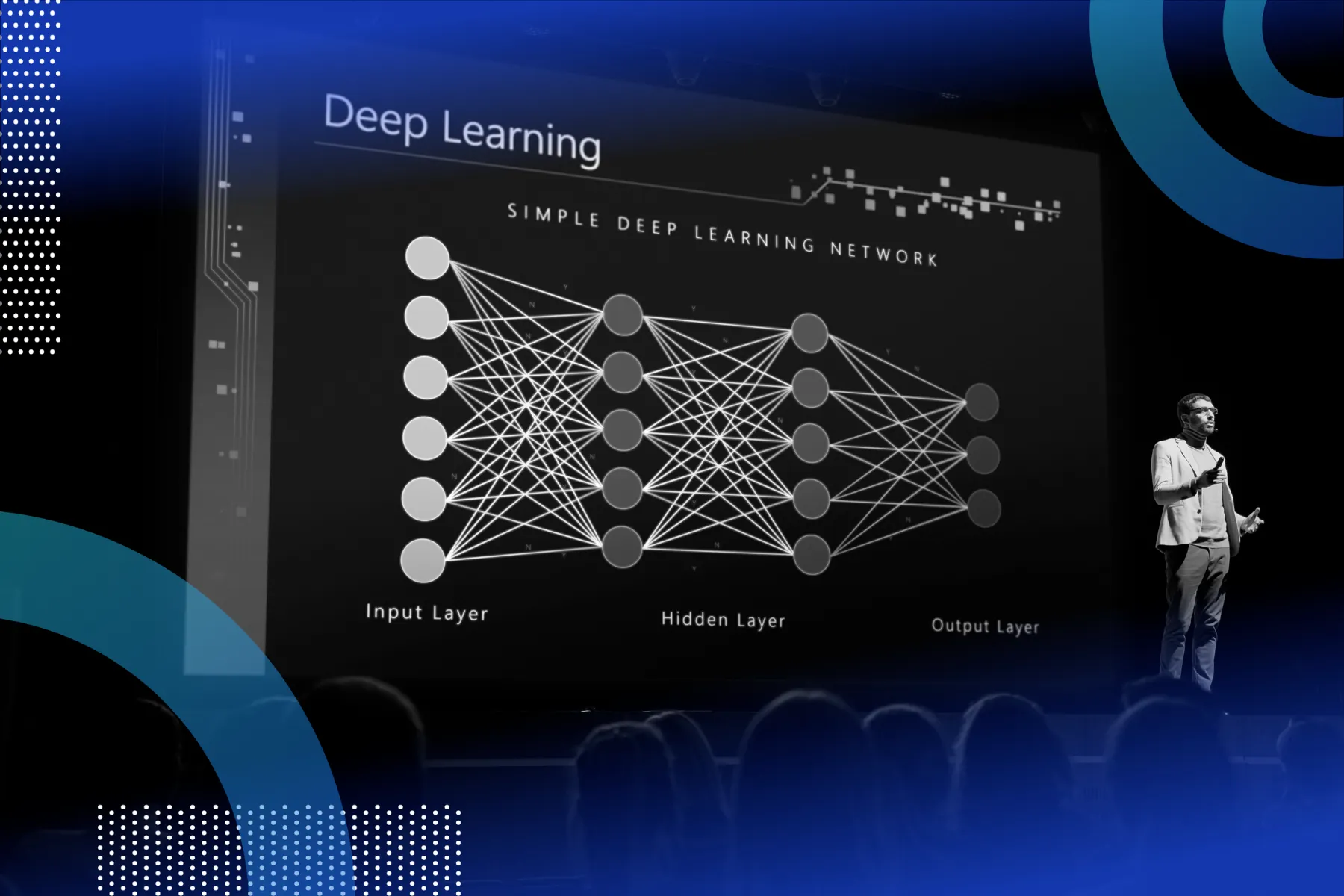
Interactive Coding Platforms and Practice-Oriented Learning
Interactive platforms are excellent for gaining hands-on experience with machine learning. They combine real-time coding exercises, guided projects, and detailed feedback to accelerate learning. Below is a curated list of platforms that provide a practical approach to mastering ML concepts.
15. Kaggle
Kaggle is a widely popular platform for machine learning practitioners. It offers free access to datasets, coding competitions, and learning resources. Kaggle’s interactive notebooks let you practice Python and R-based ML directly in your browser. Beginners can start with Kaggle’s free “Learn” courses, which cover everything from Python basics to advanced machine learning techniques.
16. HackerRank for Machine Learning
HackerRank offers a variety of coding challenges tailored to ML and data science. These challenges help learners build their skills in feature engineering, algorithm optimization, and real-world data analysis. It’s an excellent platform for reinforcing theoretical knowledge through coding practice.
17. Codecademy’s Machine Learning Path
Codecademy’s interactive learning path provides a structured introduction to ML. It starts with Python programming essentials, then progresses to data visualization, regression models, and classification algorithms. By the end of the path, learners work on portfolio-worthy projects.
18. LeetCode Data Science Problems
LeetCode, known for its competitive programming challenges, also features a collection of data science problems. These include ML-related exercises like feature selection, clustering, and model evaluation. Solving these problems sharpens your algorithmic thinking.
19. Dataquest
Dataquest focuses on teaching data science and machine learning through real-world scenarios. Its step-by-step guided lessons encourage coding alongside theory, helping learners build confidence as they progress. Topics range from exploratory data analysis to advanced machine learning techniques.
20. Coursera Guided Projects
For hands-on learners, Coursera offers guided ML projects where you complete tasks in a virtual lab environment. These short, focused exercises are ideal for practicing specific skills like training neural networks, implementing clustering algorithms, or deploying ML models.
21. PyTorch and TensorFlow Tutorials
Both PyTorch and TensorFlow provide official interactive tutorials to help learners get started with their frameworks. These tutorials focus on building deep learning models, including image recognition and NLP tasks. They cater to beginners and experienced practitioners alike.
22. Google Colab
Google Colab is a cloud-based Jupyter notebook environment that supports GPU/TPU acceleration. It’s perfect for experimenting with ML models and running computationally intensive code without needing high-end hardware. The platform is widely used for collaborative learning and project development.
23. Microsoft Learn AI & Machine Learning Modules
Microsoft Learn offers free, interactive modules that cover machine learning concepts, tools, and frameworks. These modules include step-by-step instructions for building ML applications using Azure and other Microsoft tools.
24. OpenAI Gym
OpenAI Gym is a toolkit for developing and testing reinforcement learning algorithms. It provides a range of environments, from simple simulations to complex games, enabling learners to explore how agents learn to interact with their surroundings.
25. Hugging Face Tutorials
Hugging Face, the leader in NLP models, provides tutorials and courses on using transformer models. Their beginner-friendly resources explain how to fine-tune pre-trained models for tasks like sentiment analysis and text generation.

Tools, Frameworks, and Libraries to Master
Machine learning is heavily reliant on tools and frameworks that simplify model development and deployment. Familiarity with these tools is essential for building robust and scalable ML systems.
26. Scikit-learn
Scikit-learn is one of the most beginner-friendly libraries for machine learning in Python. It provides a range of tools for data preprocessing, model selection, and evaluation, making it an essential tool for any ML practitioner.
27. TensorFlow
TensorFlow is a powerful open-source framework developed by Google. It supports a wide range of machine learning tasks, from building basic models to deploying advanced deep learning systems. TensorFlow also has a rich ecosystem of tools for visualization and production deployment.
28. PyTorch
PyTorch is another leading ML library, known for its intuitive and flexible design. It is widely used in research and production, particularly for building and training deep learning models.
29. Keras
Keras is a high-level API that runs on top of TensorFlow, making deep learning easier for beginners. It allows for quick prototyping and focuses on ease of use, reducing the complexity of implementing neural networks.
30. XGBoost
XGBoost is a powerful library for gradient boosting, a popular technique in competitive machine learning. It’s known for its speed and performance, making it a favorite among Kaggle participants.
31. LightGBM
LightGBM, developed by Microsoft, is an alternative to XGBoost for gradient boosting. It offers faster training times and improved accuracy in some cases, making it ideal for working with large datasets.
32. Pandas and NumPy
While not exclusively ML tools, Pandas and NumPy are essential for data manipulation and numerical computations. These libraries simplify data preprocessing, feature engineering, and exploratory data analysis.
33. Matplotlib and Seaborn
Visualization is crucial for understanding data and model performance. Matplotlib and Seaborn provide powerful tools for creating detailed graphs and charts, helping you interpret results effectively.
34. MLflow
MLflow is a platform for managing the ML lifecycle. It simplifies tracking experiments, packaging models, and deploying them into production environments. MLflow’s flexibility makes it a great choice for collaborative projects.
35. Apache Spark MLlib
MLlib is a machine learning library built on top of Apache Spark. It allows for scalable and distributed processing, making it ideal for working with large datasets in production environments.
36. Weka
Weka is a popular tool for beginners, providing a graphical interface for experimenting with machine learning algorithms. It’s a great starting point for those who prefer low-code solutions.

Advanced Research Papers and Technical Resources
For those looking to go beyond the basics, research papers and technical articles offer insights into the latest advancements in machine learning. They are especially useful for learners interested in pushing the boundaries of innovation.
37. “Attention Is All You Need”
This groundbreaking paper introduced the Transformer architecture, the foundation of many state-of-the-art NLP models, including GPT and BERT. Understanding this paper is crucial for anyone exploring deep learning and NLP.
38. “Generative Adversarial Networks” by Ian Goodfellow
The original GAN paper is a must-read for learners interested in generative models. It lays the groundwork for creating systems that generate realistic images, videos, and audio.
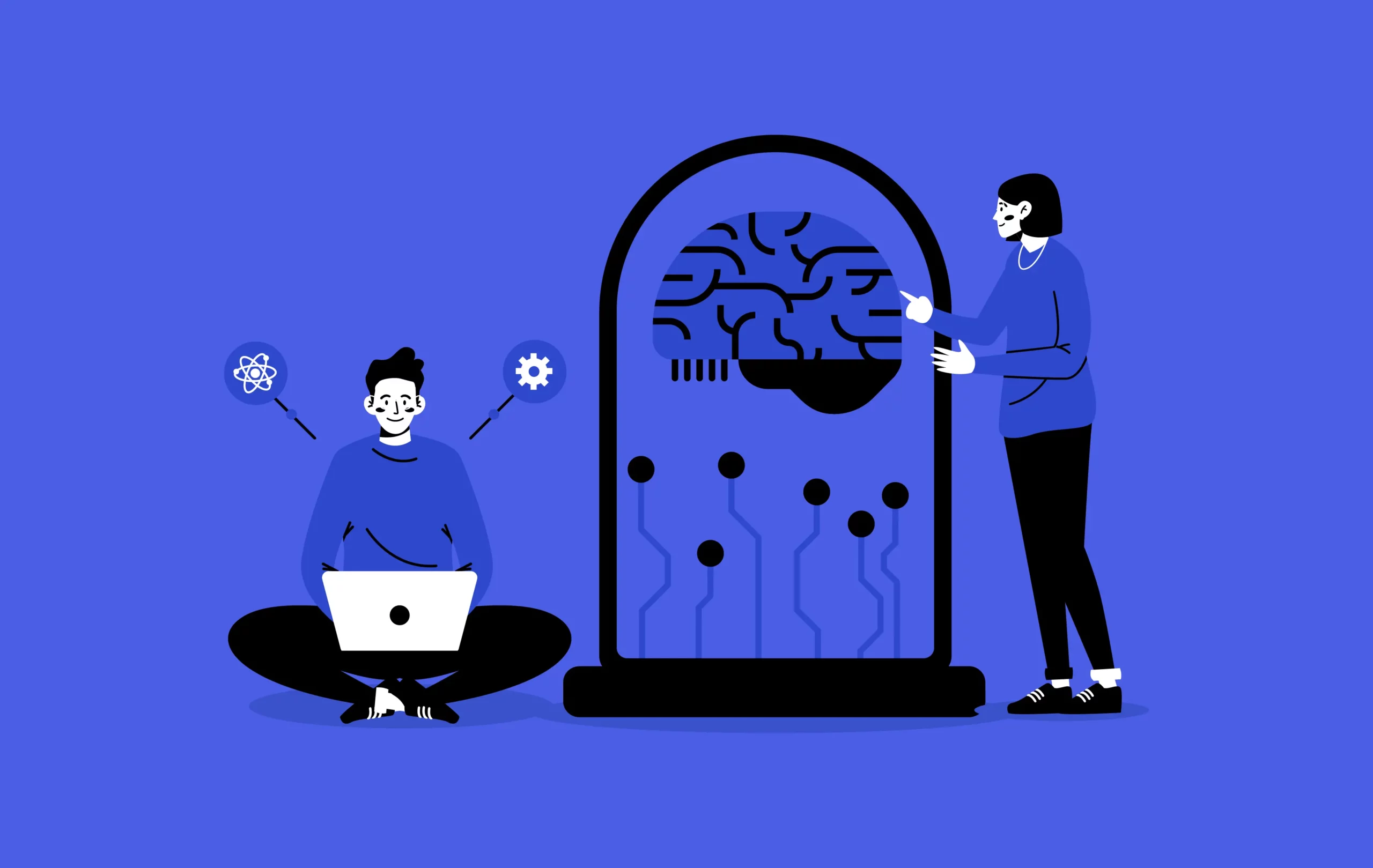
Practical Projects and Case Studies for Hands-On Learning
Learning machine learning concepts is important, but applying them to real-world problems solidifies your understanding and enhances your skills. Projects also allow you to build a portfolio that showcases your expertise to potential employers. Below are some of the best resources and ideas for practical projects and case studies in 2024.
39. Predicting House Prices
This is one of the most classic ML projects and an excellent starting point for beginners. Using datasets like the Boston Housing dataset or Kaggle’s housing price data, you can apply regression models to predict housing prices based on features like location, size, and number of rooms. This project builds a solid understanding of regression algorithms and feature engineering.
40. Image Classification with CNNs
Using Convolutional Neural Networks (CNNs), you can create an image classification model that identifies objects in photos. Datasets like CIFAR-10 or MNIST provide a great starting point. This project introduces you to concepts like feature extraction and deep learning.
41. Building a Recommendation System
Recommendation systems power platforms like Netflix, Amazon, and Spotify. You can create a collaborative or content-based filtering model to suggest movies, books, or products based on user preferences. This project helps you understand matrix factorization and similarity measures.
42. Sentiment Analysis on Tweets
With the rise of social media, analyzing text data has become increasingly relevant. Sentiment analysis on platforms like Twitter involves classifying tweets as positive, negative, or neutral. This project introduces you to natural language processing (NLP) techniques.
43. Fraud Detection in Financial Transactions
Fraud detection is a practical ML problem with real-world applications. By analyzing transaction datasets, you can build classification models to identify fraudulent activities. Techniques like decision trees and ensemble learning are commonly used for this project.
44. Chatbot Development
Creating a conversational AI model using NLP libraries like Hugging Face or Rasa is a highly relevant project. Your chatbot could handle customer queries, make recommendations, or engage users in small talk.
45. Predicting Stock Market Trends
Although predicting the stock market is notoriously difficult, applying machine learning models like time series forecasting or recurrent neural networks (RNNs) to financial datasets can yield interesting results. This project hones your skills in handling temporal data.

46. Human Activity Recognition
Using accelerometer or gyroscope data from wearable devices, you can build models to classify human activities like walking, running, or cycling. This project is ideal for exploring classification algorithms and sensor data preprocessing.
47. Disease Diagnosis with ML
Medical datasets, such as the UCI Heart Disease dataset, allow you to build predictive models for diagnosing diseases. By applying logistic regression, neural networks, or SVMs, you can create systems that assist healthcare professionals.
48. Real-Time Object Detection with YOLO and SSD
Real-time object detection is a cutting-edge application of computer vision and machine learning. Using models like YOLO (You Only Look Once) or SSD (Single Shot MultiBox Detector), learners can create systems capable of detecting multiple objects in an image with precise bounding boxes. This project is ideal for students looking to explore deep learning techniques in a practical, challenging way. You’ll learn how to handle large datasets like COCO or PASCAL VOC, preprocess data, and evaluate model performance on detection metrics like mAP (mean Average Precision).
49. Creating a Sentiment-Based Stock Price Predictor
Sentiment analysis and financial forecasting come together in this project. The goal is to predict stock price movements based on the sentiment of financial news or tweets. By integrating NLP techniques with time-series forecasting models, such as LSTMs (Long Short-Term Memory networks), learners gain hands-on experience with two major ML domains. This type of project also improves skills in feature engineering, data cleaning, and text preprocessing.
50. Solar Energy Production Prediction
Sustainability and renewable energy are crucial areas where machine learning can have a significant impact. This project involves analyzing historical weather and solar radiation data to predict the energy output of solar panels. Regression techniques, time-series analysis, and deep learning models can be applied to build predictive systems for optimizing renewable energy management.
51. AI-Powered Game Bots
Game development provides a creative and interactive way to apply ML. Building bots that learn to play games—like Chess, Go, or simpler arcade-style games—using reinforcement learning (RL) is a rewarding project. OpenAI Gym provides prebuilt environments to simulate games, while frameworks like TensorFlow and PyTorch can be used for training models.
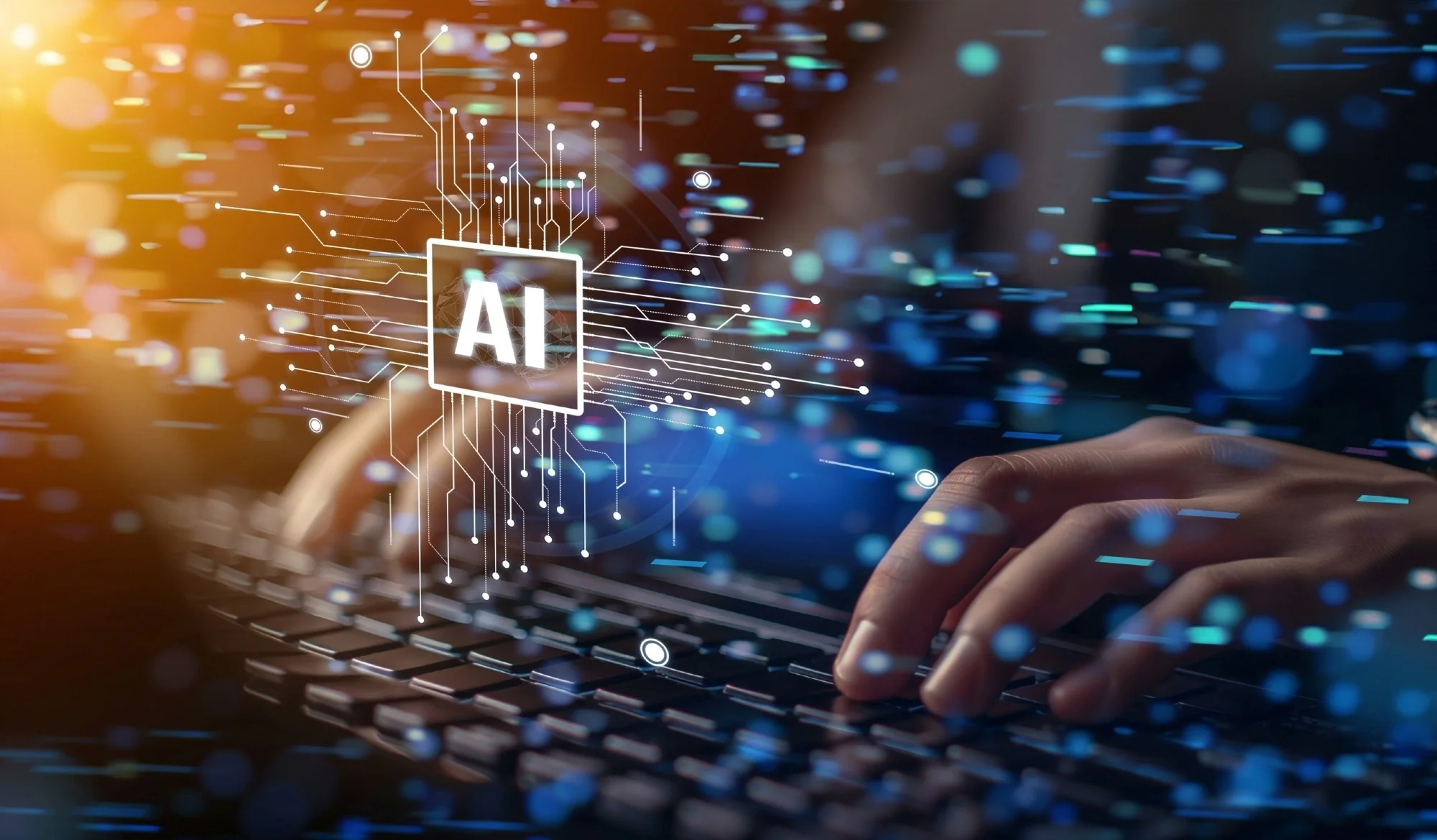
52. Healthcare Diagnosis Using ML Models
Developing a diagnostic model for predicting diseases like diabetes, heart disease, or even cancer is a critical real-world application. This project utilizes datasets from healthcare repositories and focuses on creating classification models. Advanced learners can incorporate ensemble methods or explore explainable AI (XAI) to make predictions more interpretable for healthcare providers.
53. Weather Forecasting with Machine Learning
Weather prediction has long been dominated by traditional statistical models, but ML offers improved accuracy. Using datasets like NOAA or OpenWeatherMap, learners can build time-series forecasting models with ARIMA, LSTMs, or Prophet. This project helps in understanding temporal dependencies and evaluation metrics like RMSE (Root Mean Square Error).
54. Language Translation Using Neural Networks
Building a language translation model using machine learning is a fascinating NLP project. Learners can implement a sequence-to-sequence model with attention mechanisms, training it on parallel corpora of languages. Pretrained models like BERT or GPT can also be fine-tuned for better performance.
55. Traffic Flow Optimization with ML
Traffic congestion is a pressing issue in urban areas. This project involves analyzing traffic data to predict congestion patterns and suggest optimal traffic routes. Using classification and clustering models, learners gain experience in handling geospatial and temporal data. Advanced learners can explore reinforcement learning to simulate smart traffic control systems.
56. Creating Style Transfer Models for Images
Style transfer is a creative project where ML models apply the artistic style of one image to another. Using convolutional neural networks (CNNs) and frameworks like TensorFlow or PyTorch, learners can create visually stunning results. This project enhances understanding of deep learning concepts like feature maps and optimization.
57. Credit Risk Assessment Models
Financial institutions use ML to assess the creditworthiness of loan applicants. By analyzing datasets containing credit histories and repayment behaviors, learners can build classification models to predict loan defaults. This project introduces learners to imbalanced datasets and strategies like SMOTE (Synthetic Minority Oversampling Technique) for handling them.
58. Predictive Maintenance for Industrial Equipment
Machine learning can predict when industrial equipment is likely to fail, enabling timely maintenance and reducing downtime. This project involves analyzing sensor data from machines to predict failure events. Techniques like anomaly detection and regression are commonly used in predictive maintenance.
59. Smart Home Energy Optimization
Using machine learning to optimize energy consumption in smart homes is an emerging application. This project focuses on analyzing energy usage data to provide recommendations for reducing consumption. Reinforcement learning techniques can be used to create adaptive systems that learn from user behavior.
60. Wildlife Conservation Using ML
Machine learning can support wildlife conservation by identifying animal species from images captured in the wild. Projects like this often involve building CNNs for image classification and object detection. Tools like TensorFlow and cloud-based solutions for handling large datasets are crucial for such efforts.
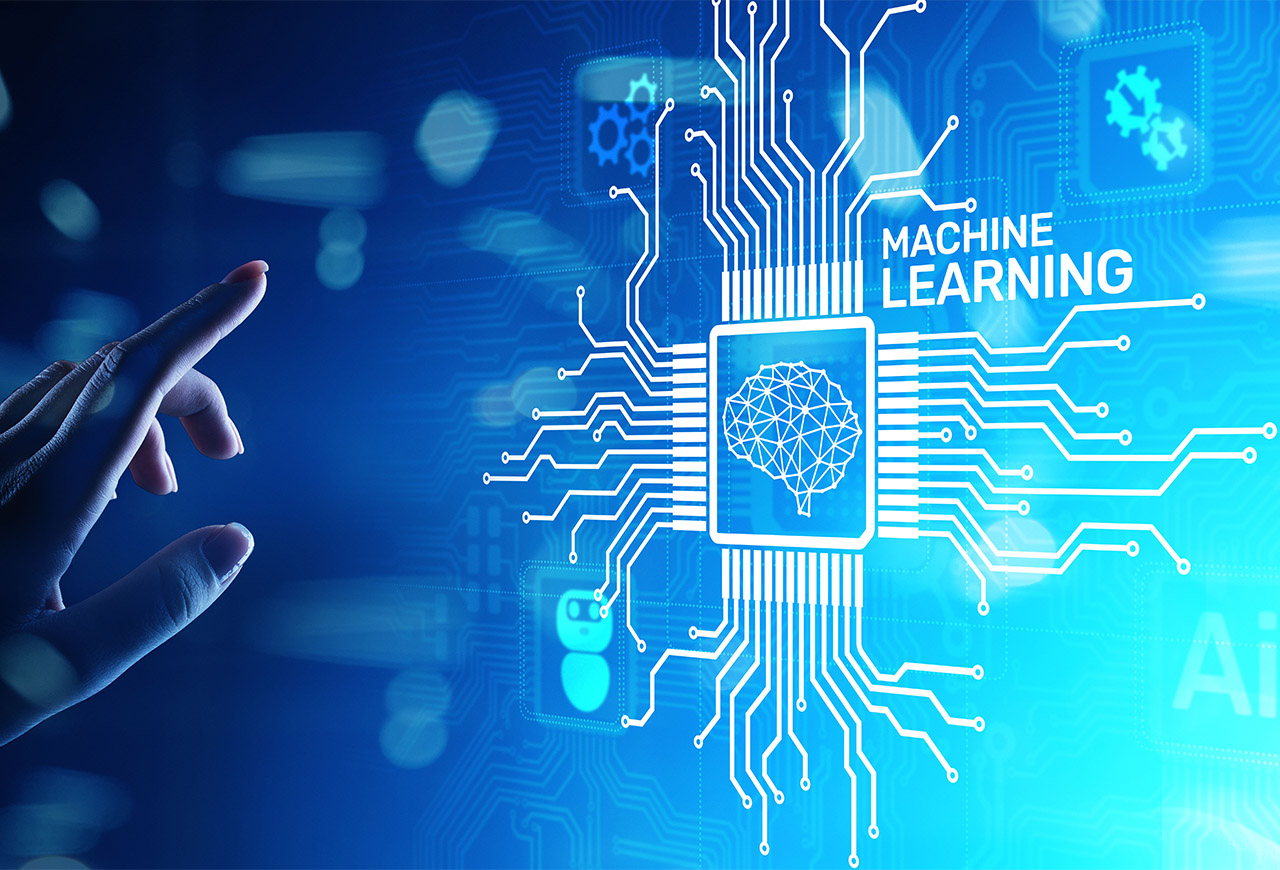
Specialized Machine Learning Domains and Applications
Machine learning isn’t a one-size-fits-all field. Specializing in specific domains allows learners to tackle industry-specific challenges and excel in niche areas. Here are some specialized applications and their resources.
61. Reinforcement Learning
Reinforcement learning (RL) involves training agents to make decisions by interacting with an environment. OpenAI Gym and Unity ML-Agents are excellent platforms for exploring RL concepts. Projects can range from creating game-playing agents to optimizing real-world processes like warehouse logistics.
62. Natural Language Processing (NLP)
NLP is one of the most sought-after ML domains, with applications in sentiment analysis, language translation, and chatbot development. Resources like Hugging Face Transformers and spaCy make implementing NLP projects more accessible.
63. Computer Vision
Computer vision focuses on extracting insights from visual data. From facial recognition to autonomous driving, this domain is rich with opportunities. Tools like OpenCV and libraries like Detectron2 simplify building computer vision solutions.
64. Generative Models
Generative AI, powered by GANs (Generative Adversarial Networks) or VAEs (Variational Autoencoders), has revolutionized fields like art, video production, and data augmentation. Experimenting with these models is a fascinating way to delve into advanced ML concepts.
65. Recommendation Systems
Building systems that recommend content, products, or services based on user preferences is an essential skill. Collaborative filtering, matrix factorization, and deep learning techniques are all integral to this field.
66. Healthcare Analytics
Specializing in healthcare analytics involves working on predictive models for patient diagnosis, treatment recommendations, and healthcare optimization. Datasets like MIMIC-III provide rich resources for research and learning.
67. Autonomous Systems
Learning to build self-driving car models or autonomous drones is a cutting-edge application of ML. Frameworks like CARLA and ROS (Robot Operating System) provide simulations and tools to explore this domain.
68. Financial Modeling
Financial institutions rely on ML for fraud detection, portfolio optimization, and risk assessment. This specialization requires strong skills in time-series analysis and classification.
69. Edge AI
Edge AI focuses on deploying ML models on devices with limited computational resources, such as IoT devices or smartphones. Frameworks like TensorFlow Lite and PyTorch Mobile are great for exploring this domain.
70. Explainable AI (XAI)
With the increasing complexity of ML models, interpretability is crucial. Specializing in XAI involves using tools like SHAP (Shapley Additive exPlanations) or LIME (Local Interpretable Model-agnostic Explanations) to make ML models more transparent.

Advanced Machine Learning Projects and Specialized Applications
Practical projects are essential for mastering machine learning concepts and applying them in real-world scenarios. This section continues with more ideas for advanced projects and specialized applications, offering a broader perspective on the possibilities with machine learning.
76. Music Genre Classification
Machine learning can be used to classify music tracks into genres based on their audio features. By working with datasets like the GTZAN Music Genre dataset, learners can apply techniques like feature extraction (e.g., using Mel-frequency cepstral coefficients) and train models with classifiers such as SVMs or deep learning approaches like CNNs.
77. Real-Time Speech Recognition
Speech recognition involves converting spoken language into text. By building a real-time speech recognition system using RNNs or transformers like Wav2Vec, learners explore the intersection of audio processing and natural language understanding. Libraries like SpeechRecognition or PyTorch Audio are helpful for this project.
78. Traffic Sign Recognition
This computer vision project focuses on training ML models to recognize traffic signs from images. Using datasets like the German Traffic Sign Recognition Benchmark (GTSRB), learners can experiment with CNNs and preprocessing techniques to build robust models, which are crucial for autonomous vehicles.
79. Fake News Detection
Fake news detection is a high-impact application of NLP. By analyzing textual data and training models to classify news articles as fake or real, learners improve their skills in text preprocessing, sentiment analysis, and classification. Datasets like LIAR or FakeNewsNet are useful for this project.
80. Personalized Health Recommendations
Using ML to provide personalized health recommendations based on user data (e.g., age, activity level, medical history) is a practical project for exploring healthcare analytics. Techniques like clustering, regression, and collaborative filtering are applied to create tailored advice.
81. Automated Essay Scoring
Educational applications of ML include automating the grading of written responses. Using NLP models, learners can analyze features such as grammar, coherence, and content relevance to assign scores to essays. This project offers insights into tokenization, embeddings, and advanced NLP techniques.
82. Detecting Anomalies in Network Traffic
Cybersecurity is a growing field where ML is highly impactful. This project involves analyzing network traffic logs to detect unusual patterns that may indicate malicious activities. Techniques like k-means clustering, isolation forests, or deep autoencoders can be applied.
83. Building an ML-Powered Virtual Assistant
A virtual assistant combines various ML techniques, including speech-to-text, NLP, and decision-making algorithms. Learners can design assistants capable of performing tasks like setting reminders, answering queries, or controlling smart devices.
84. Protein Structure Prediction
For learners interested in bioinformatics, predicting protein structures using ML is a challenging and impactful project. Leveraging advanced architectures like AlphaFold or related techniques, learners explore datasets like PDB (Protein Data Bank) to build models that revolutionize drug discovery and molecular biology.
85. Customer Segmentation Using Clustering
Customer segmentation is crucial for businesses to understand their audience. This project involves using clustering techniques like k-means or DBSCAN to group customers based on features like purchasing behavior, demographics, or website interaction data.
86. Predicting Life Expectancy from Socioeconomic Data
This regression-based project uses ML models to predict life expectancy based on features like GDP, literacy rates, healthcare access, and environmental factors. It provides a real-world application of ML to address societal challenges.
87. Deepfake Detection
With the rise of deepfakes, detecting manipulated videos or images has become essential. Learners can explore models that differentiate between genuine and altered media using datasets like FaceForensics++ and CNN-based architectures.
88. Automatic Code Generators
Building models that can generate code snippets from text descriptions is a fascinating application of ML. Using transformer models like Codex or fine-tuning GPT-based architectures, learners can create tools that assist developers in writing code.
89. Handwritten Signature Verification
This biometric project involves building a system to verify the authenticity of handwritten signatures. Learners can use CNNs to classify signatures as authentic or forged, focusing on feature extraction and pattern matching.
90. Predicting Crop Yield with ML
Agriculture benefits immensely from machine learning. By analyzing weather data, soil quality, and crop types, learners can train models to predict crop yields. This project combines regression techniques with real-world datasets like CropData or MODIS.
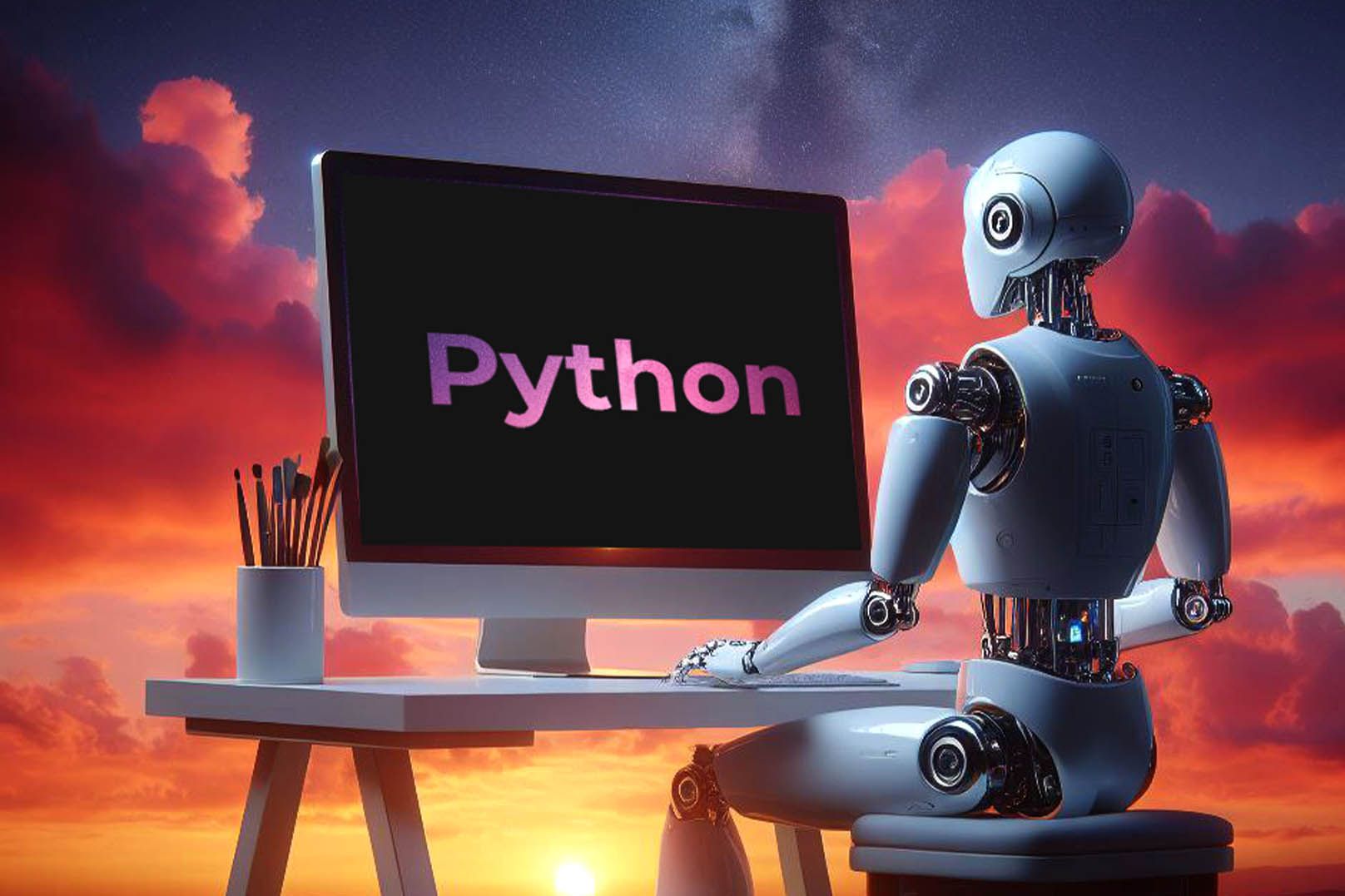
91. Speech Emotion Recognition
Speech emotion recognition models aim to detect emotions from audio signals. Learners can build models using audio features like pitch and amplitude, coupled with ML techniques like RNNs or CNNs.
92. Automatic Playlist Generation
Using collaborative filtering and recommendation algorithms, learners can create systems that automatically generate music playlists based on user preferences. Projects like this combine personalization with sequence modelling techniques.
93. Financial Time-Series Anomaly Detection
This project focuses on identifying anomalies in financial data, such as stock price movements or unusual trading patterns. Time-series models like LSTMs or GRUs are commonly used for this purpose.
94. Driver Drowsiness Detection
Using computer vision techniques, learners can build models that monitor drivers and detect signs of drowsiness, such as eye closure or head tilts. This project is particularly valuable for safety applications.
95. Smart Waste Management Systems
Machine learning can optimize waste segregation and recycling processes. By using image classification techniques, learners can build systems that automatically sort waste into recyclable and non-recyclable categories.
96. Automated Recipe Suggestions
By analyzing ingredients and user preferences, learners can build a system that recommends recipes. NLP models are used for text-based data, while classification techniques help match user preferences.
97. Developing Virtual Reality (VR) Enhancements
Machine learning plays a significant role in improving VR applications. Projects can involve building gesture recognition systems or enhancing object interactions in VR environments using ML models.
98. Predicting Renewable Energy Demand
Using historical energy consumption and weather data, learners can predict renewable energy demand. Regression and time-series forecasting models are key for this application.
99. Wildlife Poaching Prevention
Using ML with drone or camera trap data, learners can develop models to detect poaching activities in wildlife reserves. Object detection techniques like Faster R-CNN are suitable for this type of project.
100. E-Commerce Inventory Management
This project involves predicting stock requirements based on sales data and market trends. Techniques like ARIMA and reinforcement learning help optimize inventory levels and minimize shortages.
101. Personalized Learning Systems
Machine learning can create adaptive learning platforms that recommend lessons or exercises based on a student’s performance. Reinforcement learning algorithms are particularly effective in these applications.
102. Social Media Analytics and Sentiment Prediction
By analyzing social media data, learners can build tools to measure brand sentiment, detect trends, or predict the success of marketing campaigns. Combining NLP and data visualization techniques is key to this project.
103. Quantum Machine Learning Simulations
For learners interested in cutting-edge applications, quantum machine learning integrates quantum computing principles with ML. Frameworks like Qiskit and TensorFlow Quantum allow experimentation with hybrid models.
104. Advanced Autonomous Systems
Building advanced autonomous systems, such as drones for delivery or robots for industrial tasks, involves integrating ML with robotics. Frameworks like ROS (Robot Operating System) and simulation tools help streamline these projects.
105. AI for Disaster Prediction and Relief
Using geospatial and historical data, learners can develop models that predict disasters such as earthquakes, floods, or hurricanes. This impactful project involves classification, regression, and clustering techniques to assist relief efforts and planning.
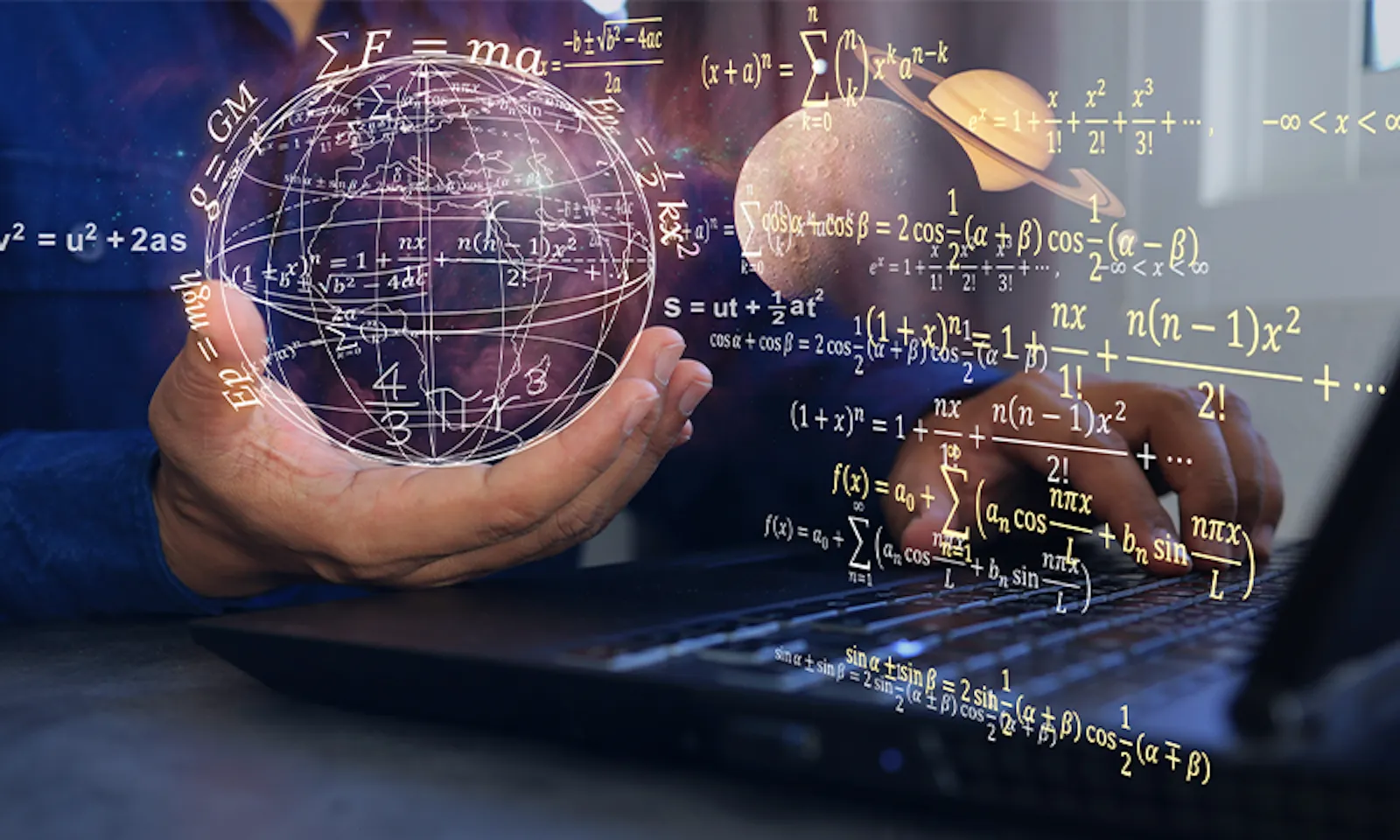
The Final Stretch: Tailoring Your Learning Path in 2024
Machine learning is a vast field, and learning it effectively requires a combination of the right resources and a structured approach. Start with foundational courses to build your theoretical understanding, then complement your learning with hands-on projects, advanced textbooks, and active participation in ML communities. Take advantage of tools and frameworks to implement what you’ve learned, and stay updated by exploring research papers and case studies.
This list of 100+ resources is designed to be your comprehensive roadmap for learning machine learning in 2024. Whether you’re an aspiring ML engineer, a data scientist, or simply curious about the technology driving the future, these resources will guide you toward success.

